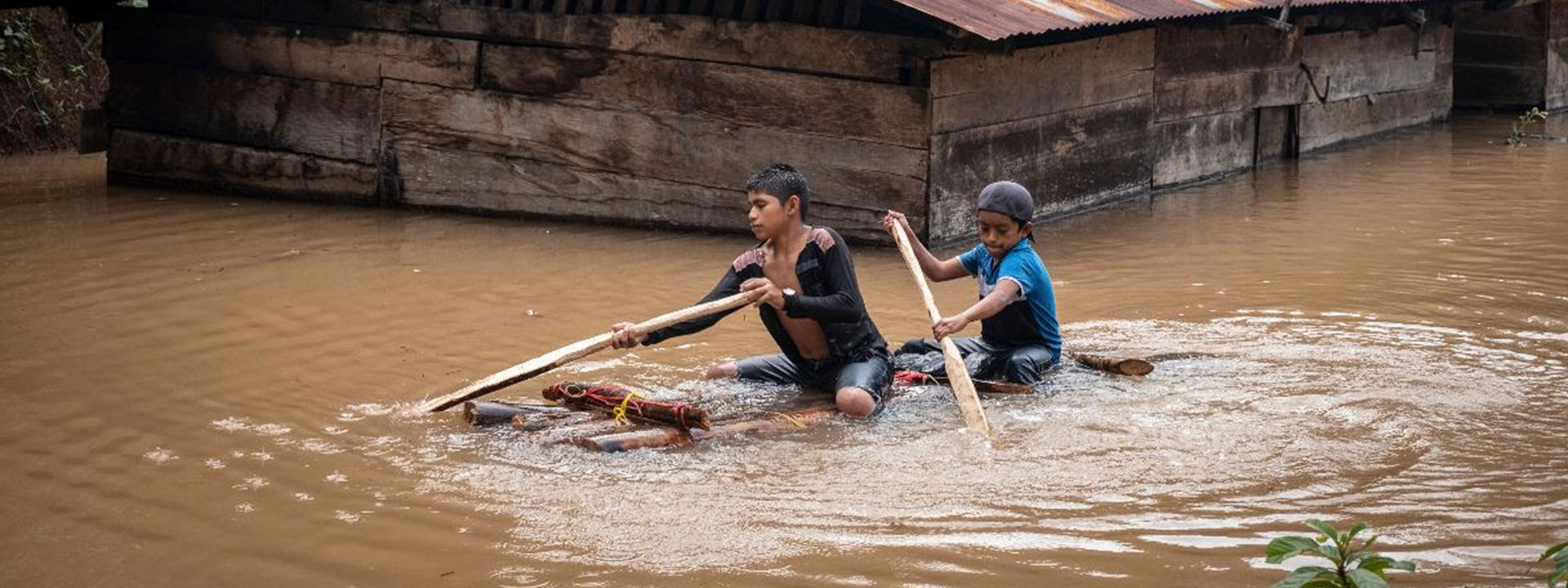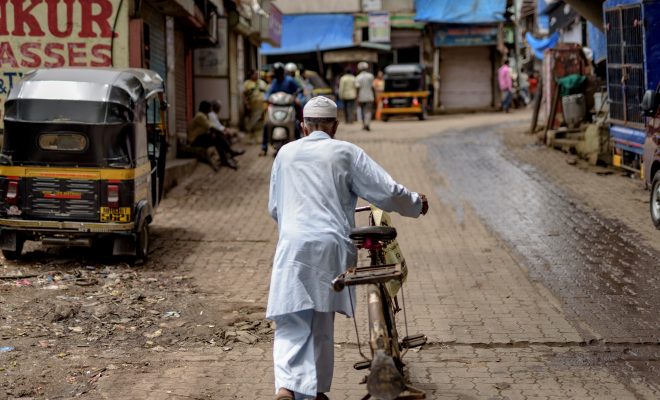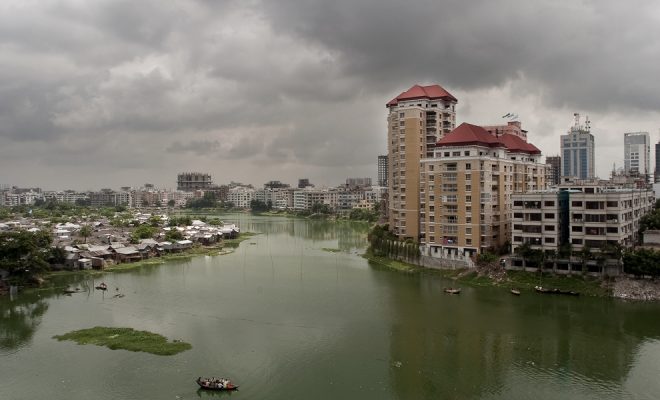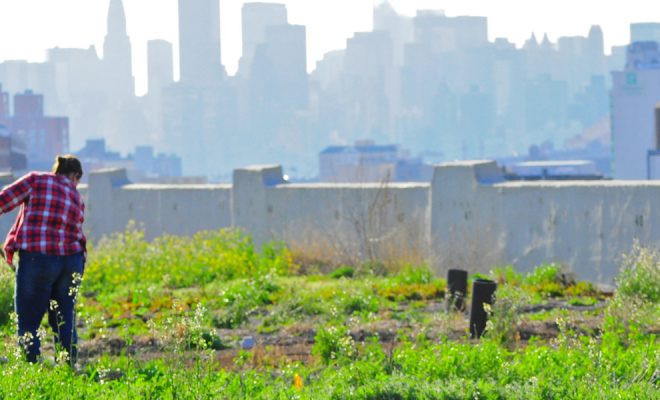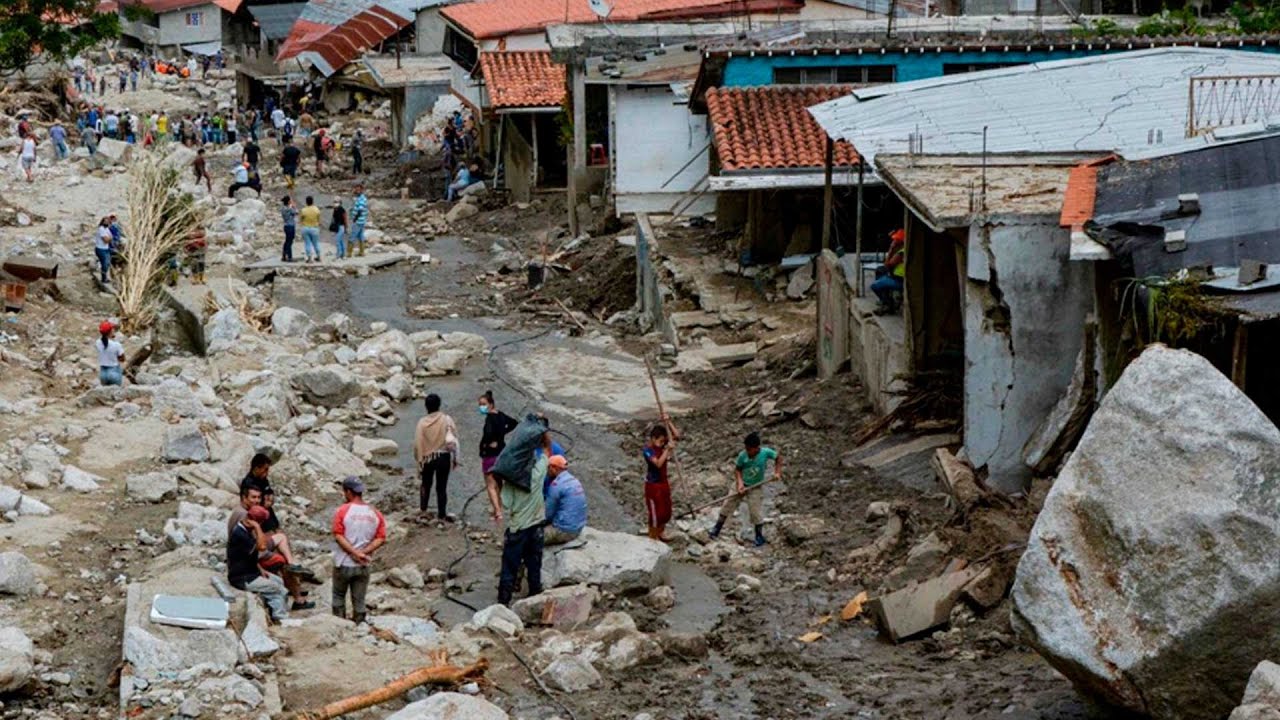
Rain generally falls on two types of soil: “natural” and “artificial.” The effects of water on the ground will be very different in each case.
Natural soil is any soil that has not been created by humans. It can be, among others, arid, semi-arid, humid, or wooded soil. Depending on multiple factors, water will follow a different path in each of these soils. In soils with vegetation, the denser and thicker the vegetation mass, the more it will cushion the impact of water on the ground; in turn, the roots will retain a good part of the water, dosing its descent towards the water table and favoring its natural filtering.
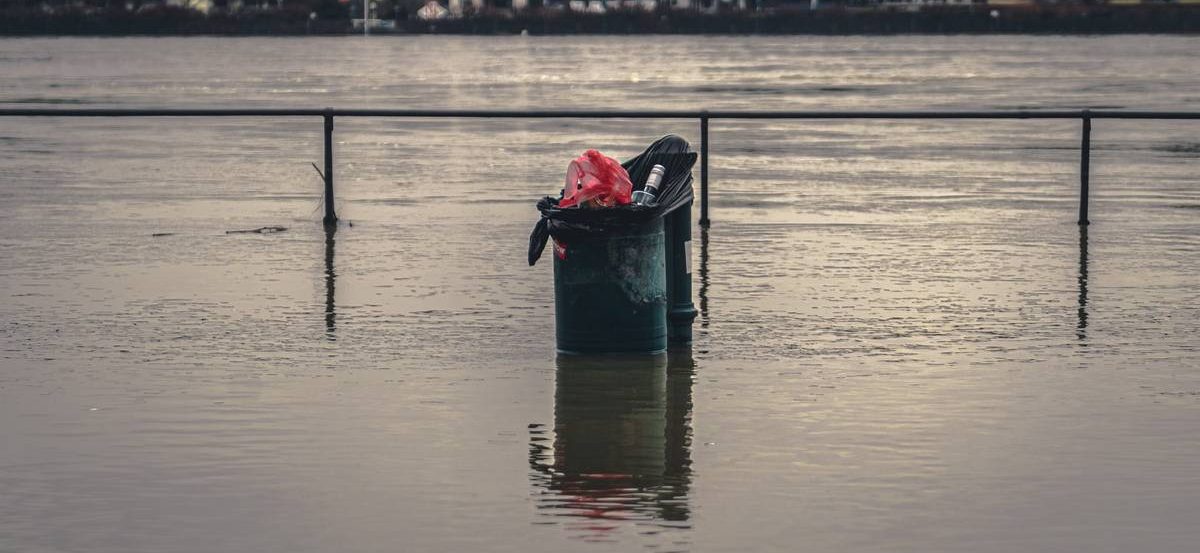
Urban runoff from heavy downpours releases a vast amount of water that is lost, pollutes, and causes flooding. © Mika Baumeister-unsplash
The “anthropogenic sealing” of artificial soil
Artificial soil has been generated by paving roads and streets, sidewalks, bridges, and all types of buildings. A common characteristic of these soils is that they are almost always impervious: they let little or no water through; they produce what urban planners, geologists, and hydrologists call “soil sealing,” the impossibility of rainwater reaching the subsoil.
In 2015, a NASA satellite study showed that almost 4% of the Earth’s surface is covered by an urbanized layer that occupies 4,468,200 km2, more than seven times the surface of the Iberian Peninsula. Soil sealing is increasing: according to the World Bank, by 2050, at least two out of three people will live in even larger cities.
By preventing rainwater from penetrating the ground, impermeable soil produces two immediate effects: the disruption of the water flow to subsoil aquifers and the alteration of natural runoff. Both developments have very different consequences depending on the geological and topographical features of the terrain on which they are located and on the infrastructures built to transport water, such as gutters, sewers, and overflow channels.
Polluted runoff
A remarkable case of urban runoff is that of Mediterranean cities, traditionally exposed to violent downpours that can overflow the capacity of drainage systems. In cities such as Marseilles, Barcelona. or Alicante, 80 or 100 times more rainwater than wastewater can flow through them at the point of maximum runoff from a storm. In the event of an overflow, this water is diverted to spillways and then goes to the sea without being treated.
Overflowing runoff is a source of pollution. On average, more than 80% of the water discharged from urban and industrial areas is returned to the environment with its full pollutant load. Soil sealing also leads to the sudden buildup in runoff water of many pollutants accumulated on the pavement, such as residual elastomers from the rubber friction of automobile tires, litter, and entrained solids. They either overload the wastewater treatment plants (WWTPs) or end up discharged into rivers, lakes, or seas.
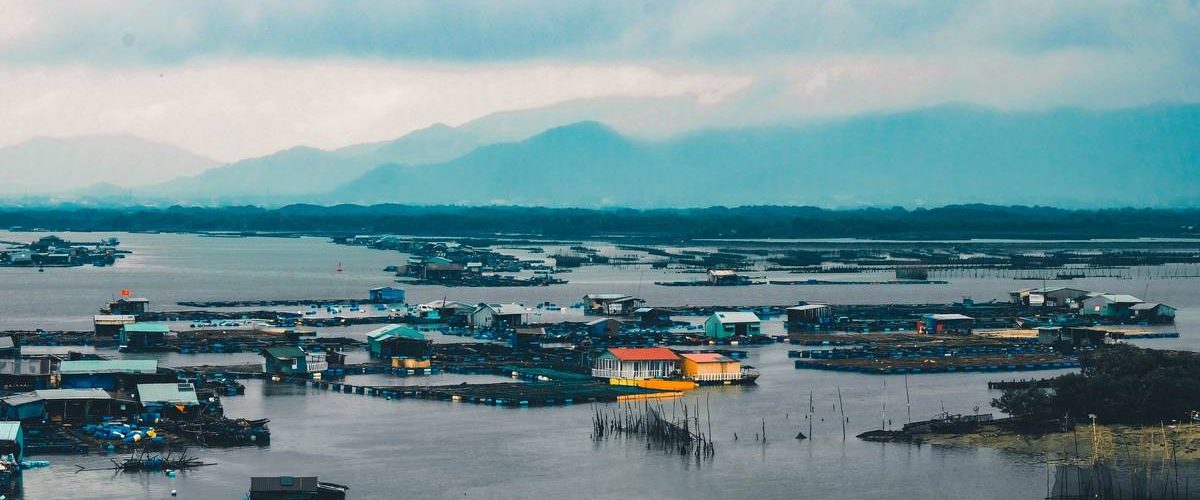
A recent UN report explains that 1.47 billion people are directly exposed to flood risks higher than 0.15 meters at least once every 100 years. © Nguyen Kiet-unsplash
Flooding and subsidence
Another consequence of violent runoff caused by poor urban planning is overflowing rivers and streams, which causes disastrous flooding. In many cases, soil sealing is combined with poor management of watercourses, often converted into illegal dumping grounds for all kinds of waste, blocking the flow under bridges and in poorly dimensioned tunnels, which spreads flooding in an uncontrolled manner.
Slums bear the worst part of these disasters. According to the World Bank, in 2017 29% of the world’s urban population lived in shantytowns. A recent UN report explains that 1.47 billion people are directly exposed to flood risks higher than 0.15 meters at least once every 100 years. There is a direct link to poverty in this exposure to risk: 89% of these people live in low- and middle-income countries.
In many cases, the impoverished neighborhoods, many unpaved, bear the brunt of the paving of the richer ones. The floods in Mexico City last June and Port-au-Prince in May are recent examples. The number of people living in these degraded neighborhoods is estimated at 828 million worldwide and is expected to increase yearly by six million. The added problem for these irregular settlements is that their growth is always horizontal and on land with a high degree of exposure to flooding.
Another harmful phenomenon linked to soil sealing is subsidence —the sinking of the land— due to the emptying of aquifers. Some 80% of the severe cases of subsidence are associated with excessive groundwater extraction from aquifers that do not regenerate because of the sealing of the urban layer. The case of Jakarta is well known, as Bombay and Mexico City, cities with severe subsidence issues.
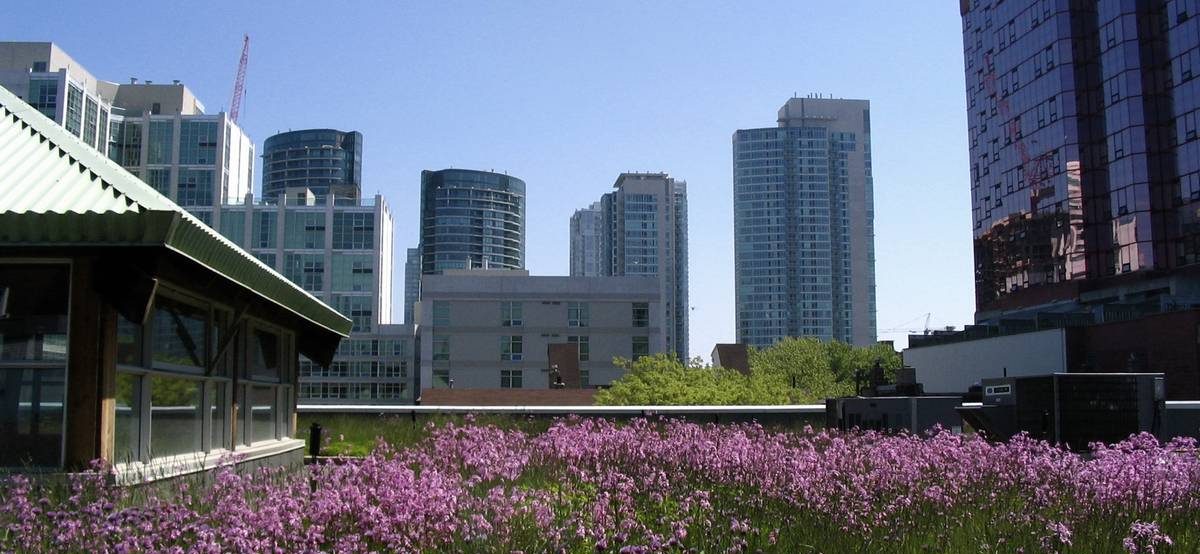
In many cities are developing projects to mitigate its negative effects and, simultaneously, take advantage of the opportunity to capture as much of the immense volume of water that is lost as possible. © Green roof-Photo Sookie
SUDS: redirecting and exploiting
Climate change threatens to increase torrential rainfall events in tropical and subtropical areas, which is why many cities are developing projects to mitigate its negative effects and, simultaneously, take advantage of the opportunity to capture as much of the immense volume of water that is lost as possible.
Many cities in developed countries are implementing sustainable drainage systems, known as SUDS (Sustainable Urban Drainage Systems), which complement conventional drainage systems with solutions based on trying to reproduce the natural behavior of water by the action of gravity.
Many SUDS models vary depending on the topographical features, the state of the drainage systems, and the climate. Several initiatives are being developed in Mediterranean coastal cities, where torrential rainfall events have historically caused extensive damage. In Barcelona, for example, where the frequency of 50 mm rainfall events is expected to increase by 15% by 2050, SUDS have been in place for a decade, and the City Council intends to expand their use throughout the city.
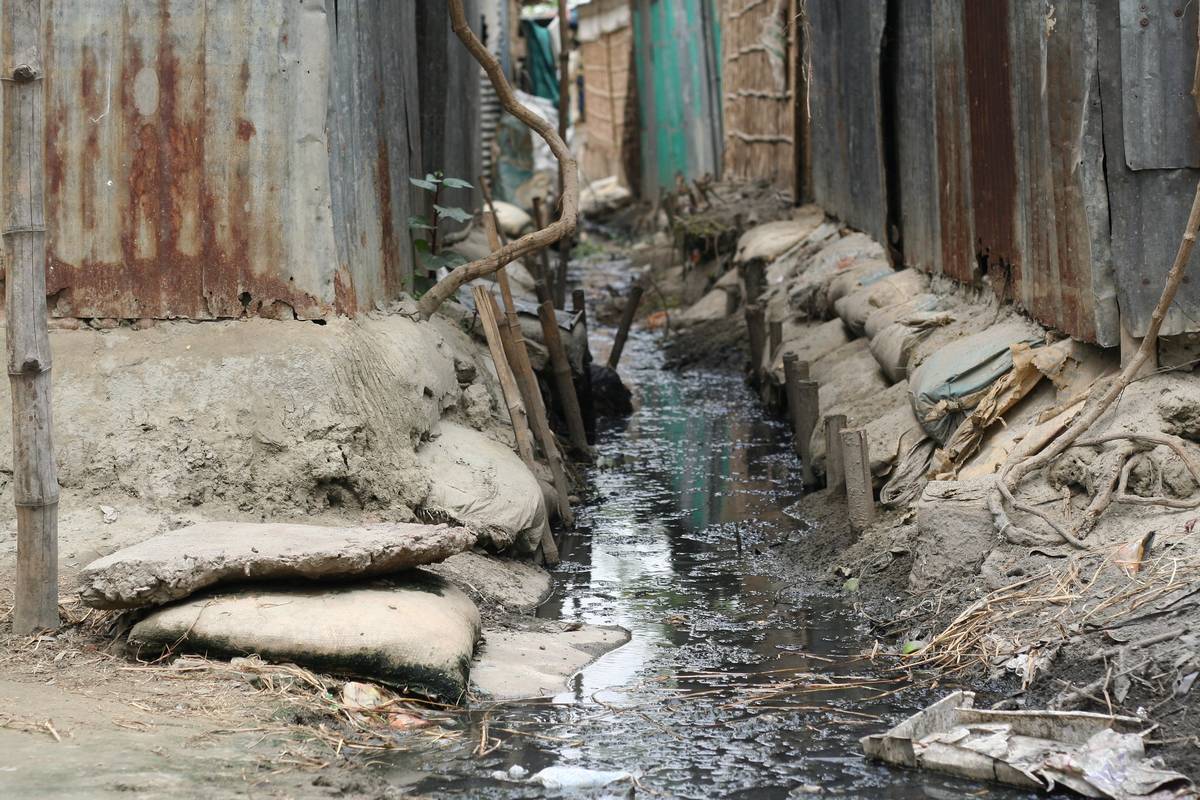
In many cases, soil sealing is combined with poor management of watercourses. Slums bear the worst part of these disasters. © Ashley Wheaton
These systems comprise various solutions that combine hydrological, environmental, and urban planning factors. Porous pavements and infiltration technologies aim to feed aquifers, and water collection in reservoirs allows it to be used for irrigation or street washing without requiring energy or large infrastructures. Measures to control, convey, and recycle the water recovered from soil sealing are one of the cornerstones of the development of the so-called “regenerative city,” one of the targets of SDG 11.
FAO recently called for rainwater harvesting in cities to foster suburban and urban agriculture. Large cities are starving farmers of water, and it would make much more sense if some of that water, captured from runoff, were reused in adjacent agriculture.
The volume of water lost to urban runoff is enormous. We can reverse the problem and use the urban core as a giant rainwater collector. If we don’t let water through, let us use it, as it will become increasingly necessary to do so.


